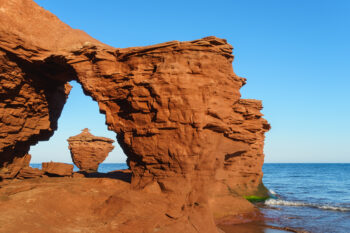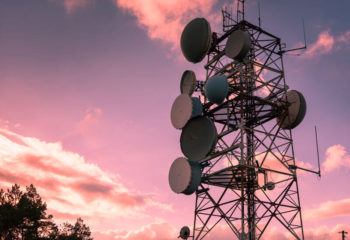Weathering and Erosion – Curriculum Games
5 gamesIn this series of weathering and erosion games, your middle school students will learn about the process of erosion, how it alters the planet, and why it is so powerful.
The Weathering and Erosion learning objective is based on NGSS and state standards.
Research has demonstrated that it delivers improved student engagement and academic performance in your classroom.
Scroll down for a preview of this learning objective’s games and the concepts they drive home.
Concepts Covered in Weathering and Erosion
1. Aside from plate tectonics, moving water (including ice) causes the most significant change to the Earth’s surface. Water moves because of wind, which creates waves. Gravity also moves water and makes it flow downward. The more water there is and the faster it moves, the more powerful its erosive impact.
2. Rainwater and runoff, streams and rivers (above and below ground), ice sheets and glaciers, and oceans are just some of the different forms of moving water. All of them affect the solid surface of the earth, over the course of minutes and months, or millions of years.
3. Weathering is the process of breaking down rock that is not moving. Physical weathering happens when water gets into cracks in the rock and freezes, expanding and breaking the rock. Chemical weathering takes place when water reacts with minerals in the rock to form new minerals and dissolve others.
4. Erosion is when water actually transports rock and sediment from one place to another. This happens when rainwater washes downhill, and when rivers and streams flow toward the ocean. Underground streams can dissolve rock and create caves, and ocean waves can make coastal cliffs collapse. Mass wasting, like landslides and mudslides, causes sediment to move downhill, and water makes it move faster. And in tsunami erosion, huge floods move lots of sediments and even buildings!
5. When flowing water slows down, the sediments settle in a new place in a process called deposition. Chemical deposition can occur when the pressure or acidity of the water changes, or the temperature goes up and causes it to evaporate.
6. All this moving of sediments causes significant changes to the landscape. Erosion can enlarge riverbeds and stream beds, eventually carving out canyons and valleys. It can alter mountains and create cave features, as well as changing beaches and coastal cliffs. Glaciers leave behind valleys and moraines.
A preview of each game in the learning objective is found below.
You can access all of the games on Legends of Learning for free, forever, with a teacher account.






